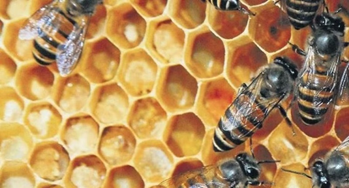

Context
A new species of endemic honeybee has been discovered in the Western Ghats.
About
About the Discovery:
- The new species has been named Apis karinjodian and given the common name Indian black honeybee.
- It is after a gap of more than 200 years that a new species of honeybee has been spotted in the Western Ghats.
- The last honeybee described from India was Apis indica in 1798 by Fabricius.
- Although Fabricius named the Indian bee Apis indica, it was not considered a valid species till now.
- While proving the distinct identity of Apis indica, led to the discovery of Apis karinjodian.
- The research team restored the status of Apis indica based on a new measure for species discrimination in honeybees termed ‘Radio-Medial Index (RMI)’.
Apis karinjodian:
- Apis karinjodian, the Indian black honey bee, is a species of genus Apis that was reported recently from India.
- Apis karinjodian has evolved from Apis cerana morphotypes that got acclimatized to the hot and humid environment of the Western Ghats.
- Range of Apis karinjodian: The distribution of Apis karinjodian ranges from the central Western Ghats and Nilgiris to the southern Western Ghats, covering the States of Goa, Karnataka, Kerala, and Tamil Nadu.
- Conservation status: This species is considered a near-threatened species as per the IUCN Red List.
- Pollinator: Bees act as vectors that move pollen within the flower and from flower to flower, this process is called pollinator. There are two categories of pollinators:
- Invertebrate pollinators: Include bees, moths, flies, wasps, beetles, and butterflies. More than 40 per cent of invertebrate pollinator species – particularly bees and butterflies – face extinction.
- Vertebrate pollinators: Include monkeys, rodents, lemurs, tree squirrels, and birds. Around 16.5% of vertebrate pollinators are threatened with extinction.

